Create a Butterfly Garden: Attracting Pollinators with Beautiful Blooms

Create a Butterfly Garden: Attracting Pollinators with Beautiful Blooms
Butterflies have long captured our hearts and imaginations, their delicate beauty and graceful flight a symbol of nature's splendor. Creating a butterfly garden in your own backyard is a fantastic way to attract these winged jewels, while also providing essential habitat for pollinators and adding a touch of magic to your outdoor space. A well-designed butterfly garden not only contributes to the conservation of these captivating creatures but also promotes biodiversity and ecological balance in your local environment.
In this comprehensive guide, we'll delve deep into the secrets of creating a thriving butterfly garden that will not only draw in these beautiful insects but also support a healthy ecosystem for other pollinators. We'll cover everything from selecting the right nectar and host plants for various butterfly species to designing a visually appealing and functional garden layout. Additionally, we'll touch on essential maintenance practices and eco-friendly gardening techniques that will help ensure the long-term success of your butterfly garden.
Get ready to embark on a journey of discovery, as we help you transform your backyard into a vibrant, living canvas teeming with butterflies and other pollinators. With a little planning, effort, and a passion for nature, you'll soon be enjoying the mesmerizing sight of butterflies flitting amongst the blooms, all while contributing positively to your local ecosystem.
Choosing the Right Plants for Your Butterfly Garden
Selecting the appropriate plants for your butterfly garden is crucial to its success. A well-planned garden should feature a diverse range of plant species that cater to the needs of various butterfly species and other pollinators. This includes nectar plants for adult butterflies to feed on and host plants for their larvae to consume. By incorporating plants with different bloom times, colors, and growth habits, you'll create a visually appealing garden that's rich in resources for butterflies.
Nectar Plants
To attract a variety of butterflies to your garden, it's crucial to select a diverse range of nectar plants. These are the plants that adult butterflies feed on for their energy needs. Aim for a mix of species with different blooming times, ensuring a steady supply of nectar throughout the season. Some excellent choices include:
- Milkweed (Asclepias spp.) - A favorite of the Monarch butterfly, milkweed not only provides nectar for adults but also serves as a host plant for their larvae.
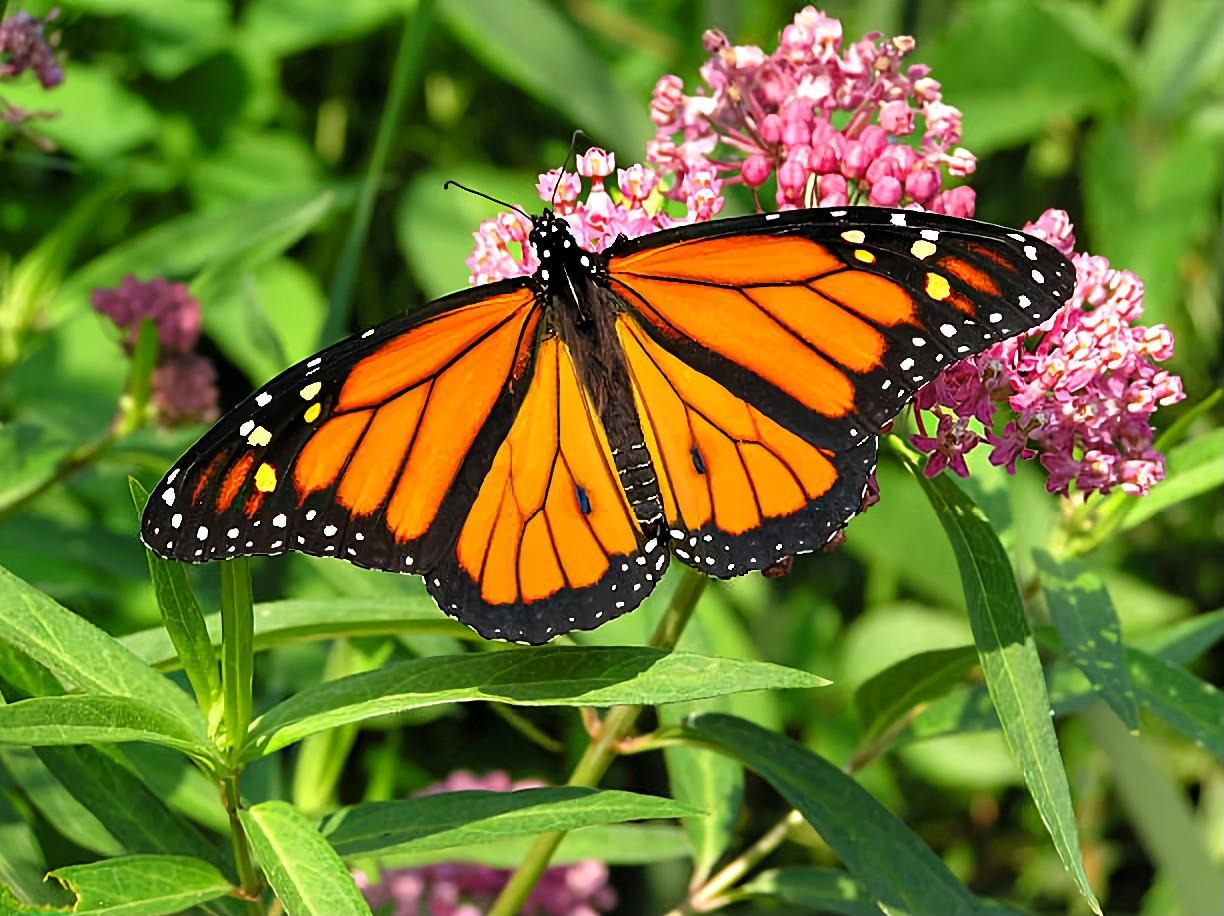
- Butterfly bush (Buddleia spp.) - This aptly named plant produces spikes of fragrant flowers that are irresistible to butterflies.
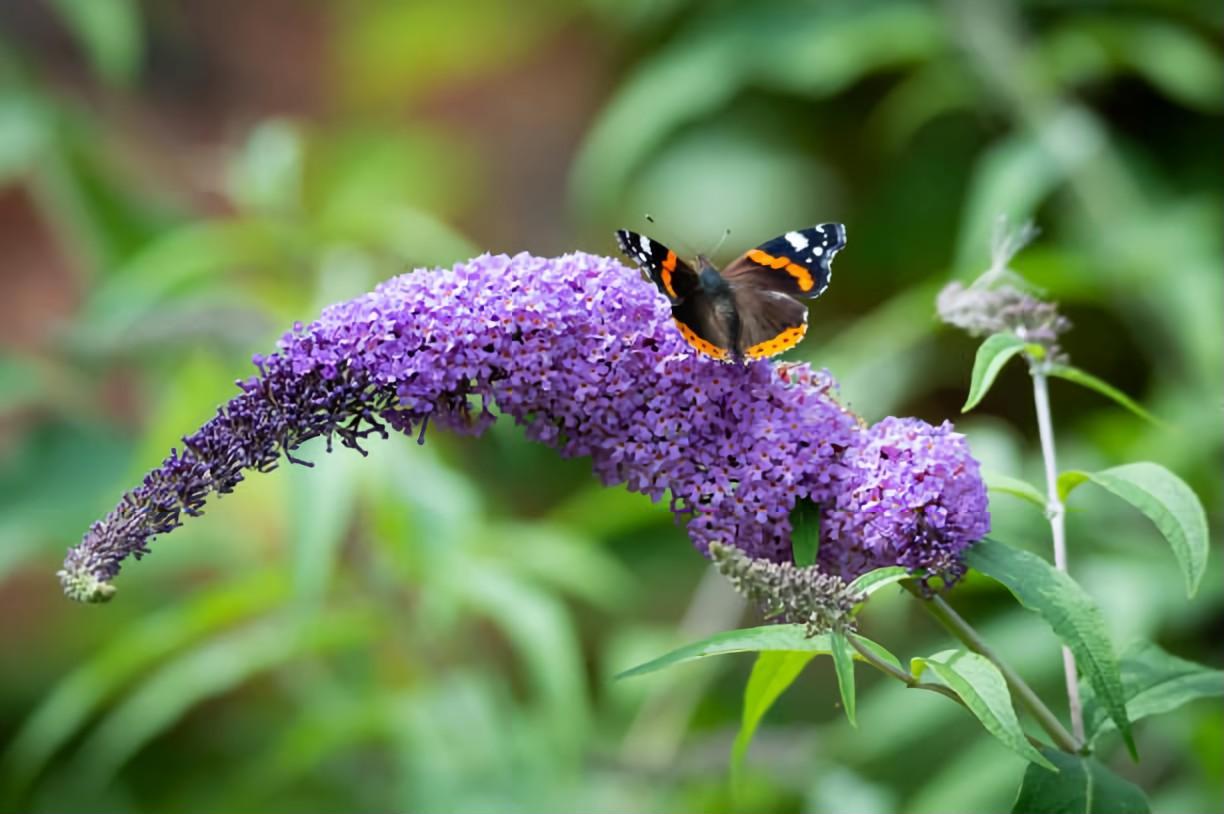
- Coneflowers (Echinacea spp.) - With their large, daisy-like blooms, coneflowers are a popular nectar source for a wide range of butterfly species.
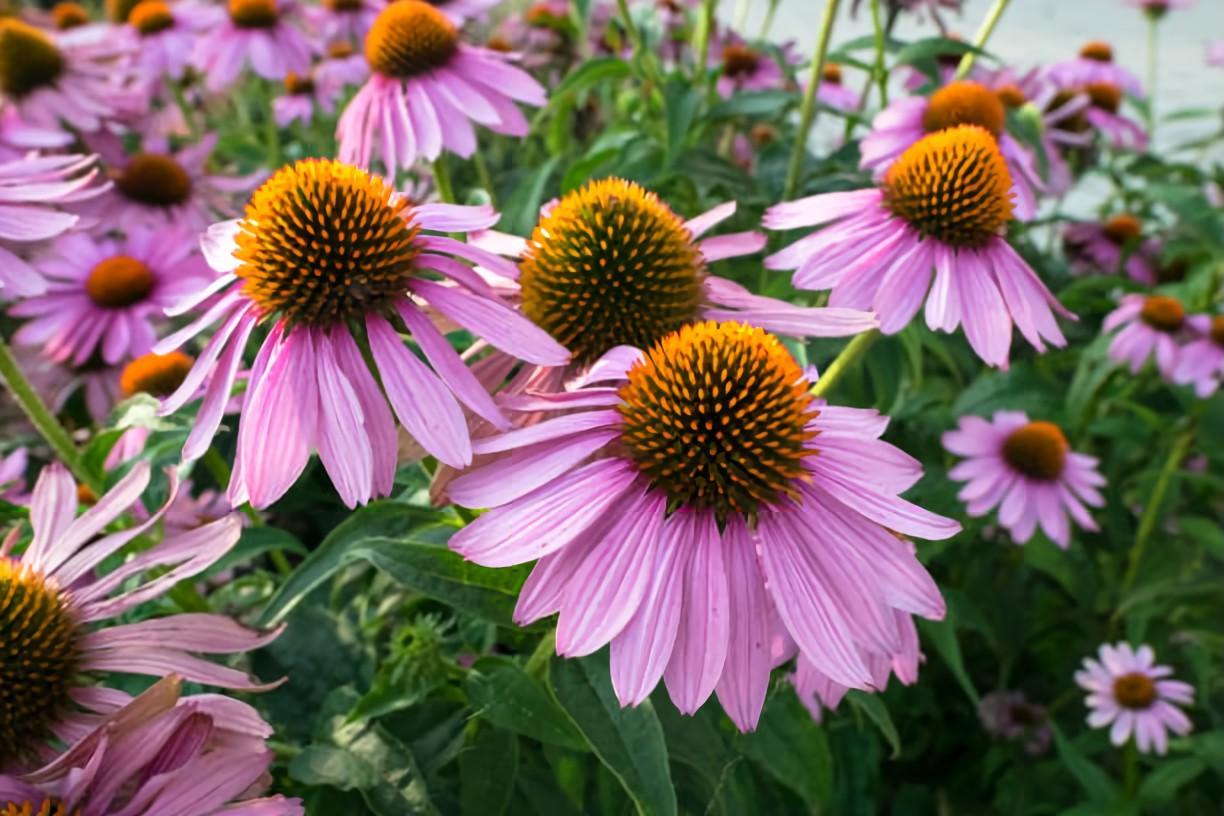
- Zinnias (Zinnia spp.) - These colorful annuals are beloved by butterflies and humans alike for their bright, cheerful flowers.
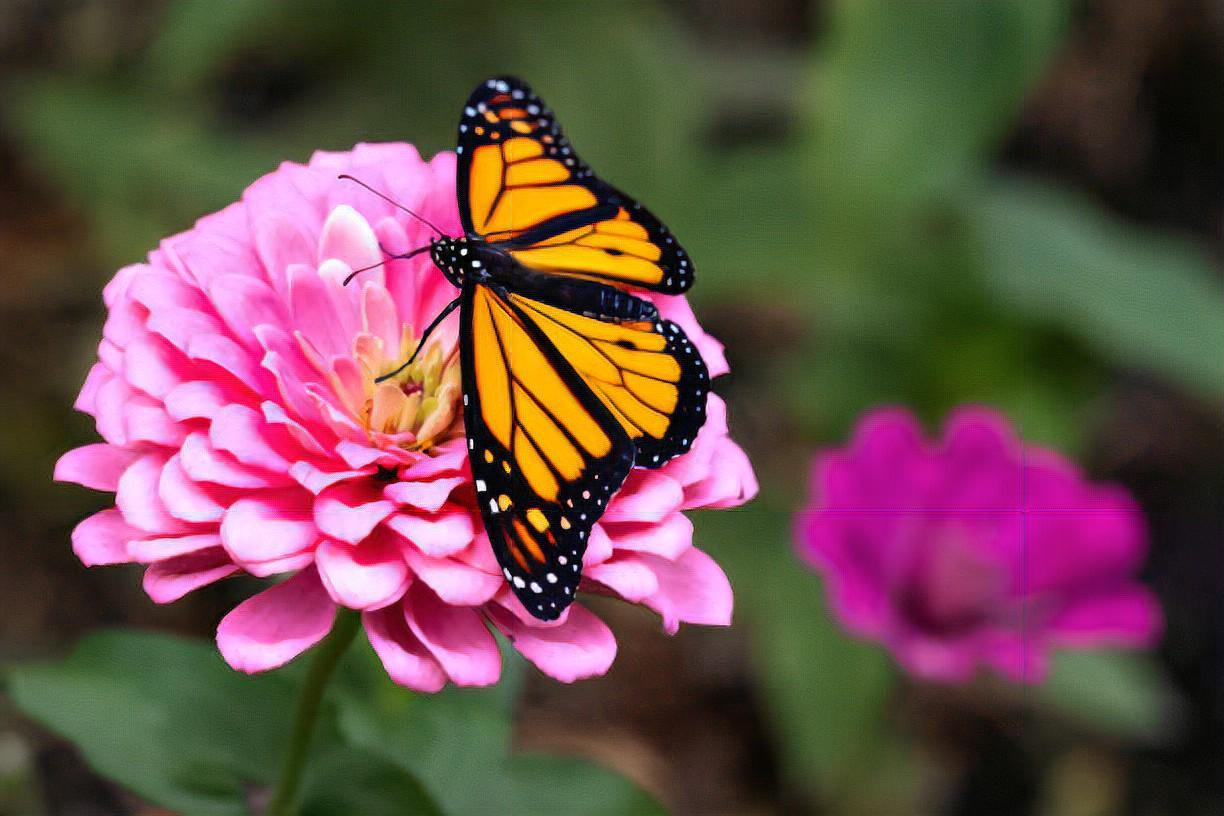
- Lantana (Lantana spp.) - This sun-loving plant produces clusters of tubular flowers that are perfect for butterflies to feed on.
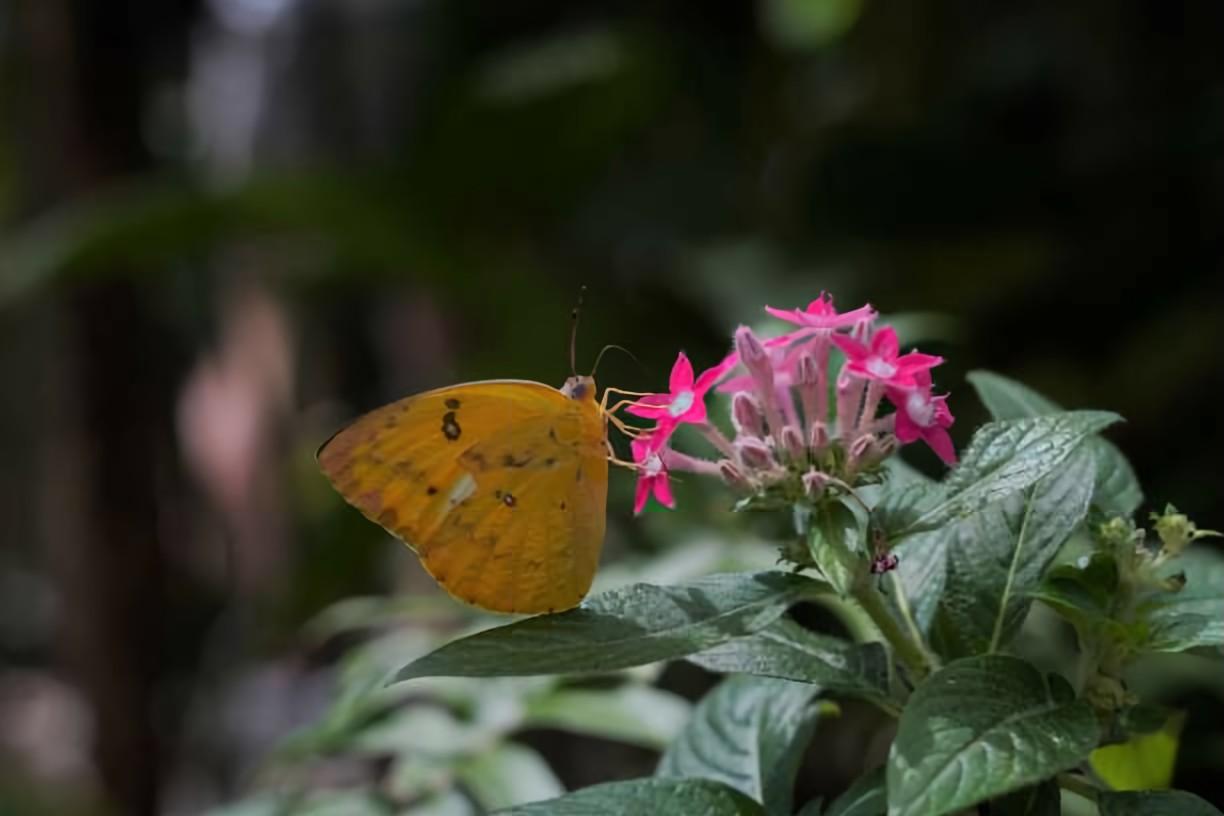
Remember to include native species in your garden, as these are often the most beneficial for local butterfly populations. For a fun twist, consider adding some edible flowers to your butterfly garden, as seen in our article on top 10 edible flowers.
Host Plants
In addition to nectar plants, it's essential to provide host plants for butterfly larvae (caterpillars) to feed on. These plants are where female butterflies lay their eggs, and their leaves provide sustenance for the growing caterpillars. Some common host plants include:
- Parsley (Petroselinum crispum) - This popular culinary herb is a favorite host plant for the Black Swallowtail butterfly.
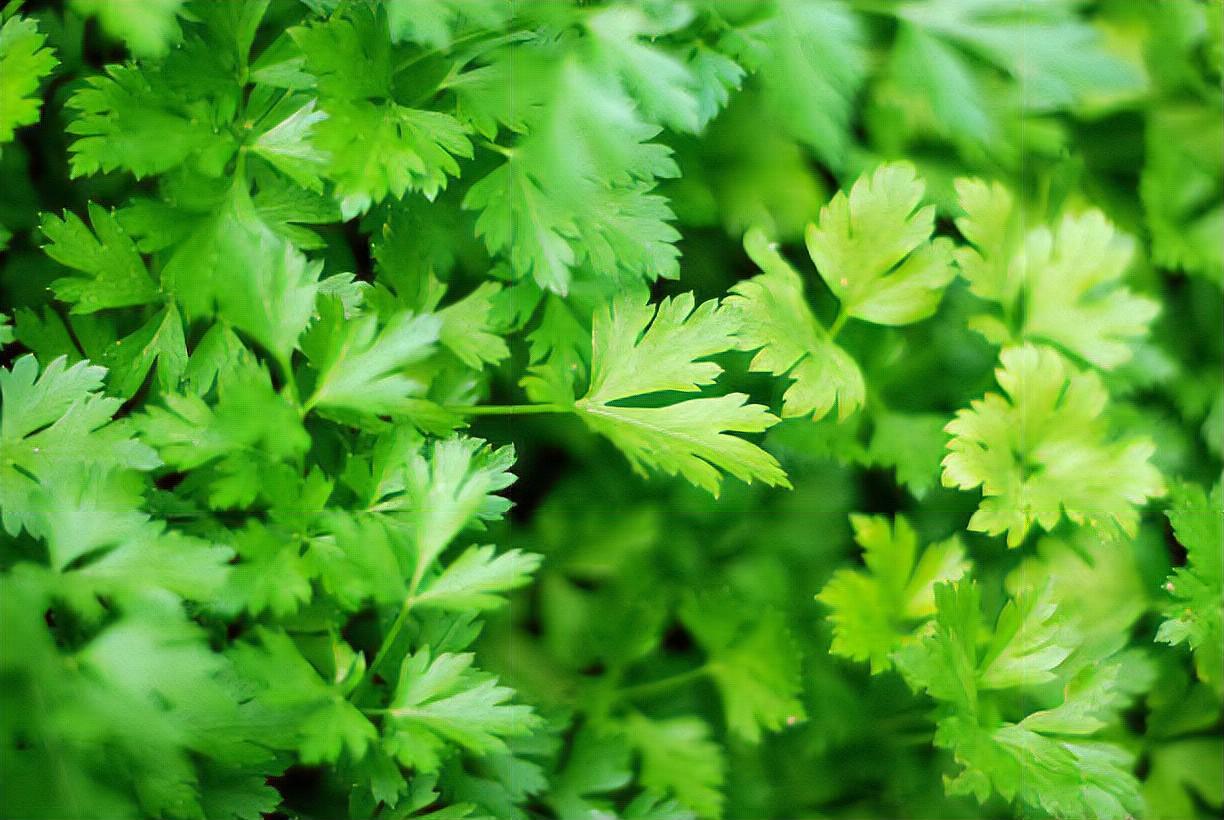
- Fennel (Foeniculum vulgare) - Similar to parsley, fennel serves as a host plant for Black Swallowtail caterpillars.
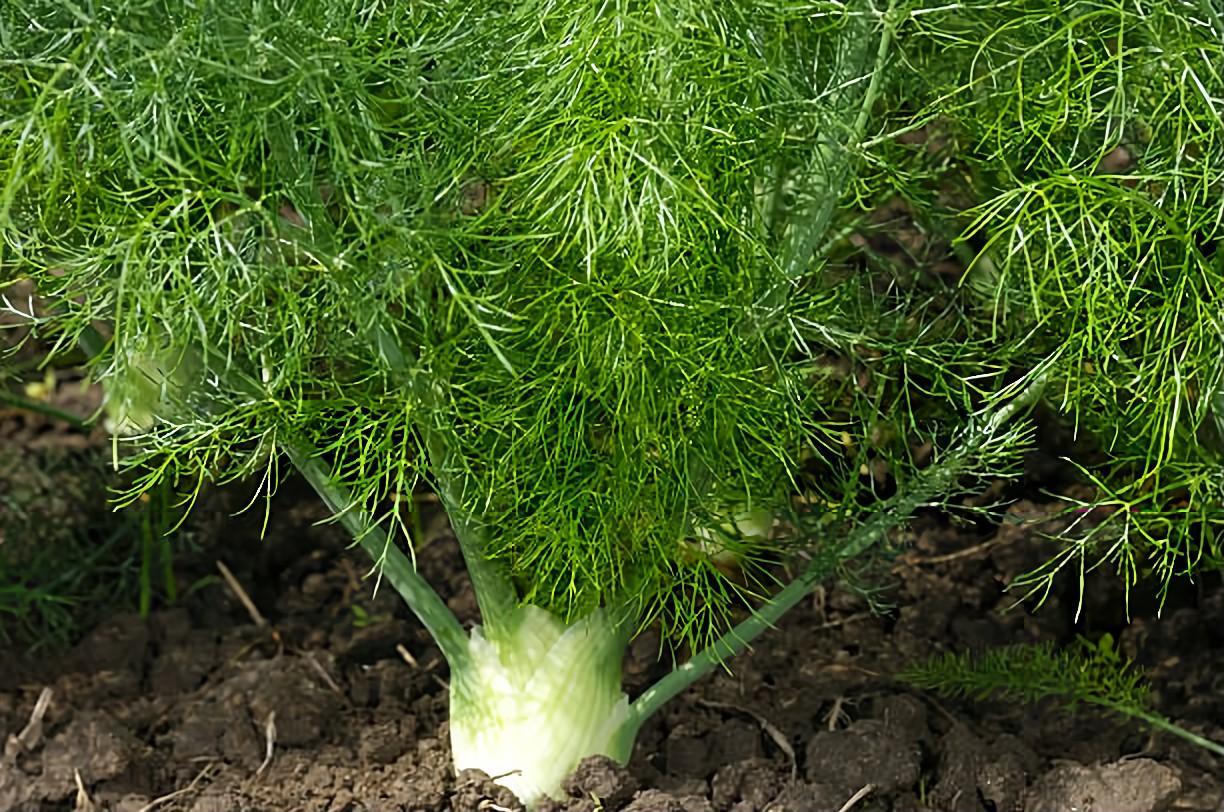
- Dill (Anethum graveolens) - Yet another host plant for Black Swallowtails, dill is a versatile addition to the garden.
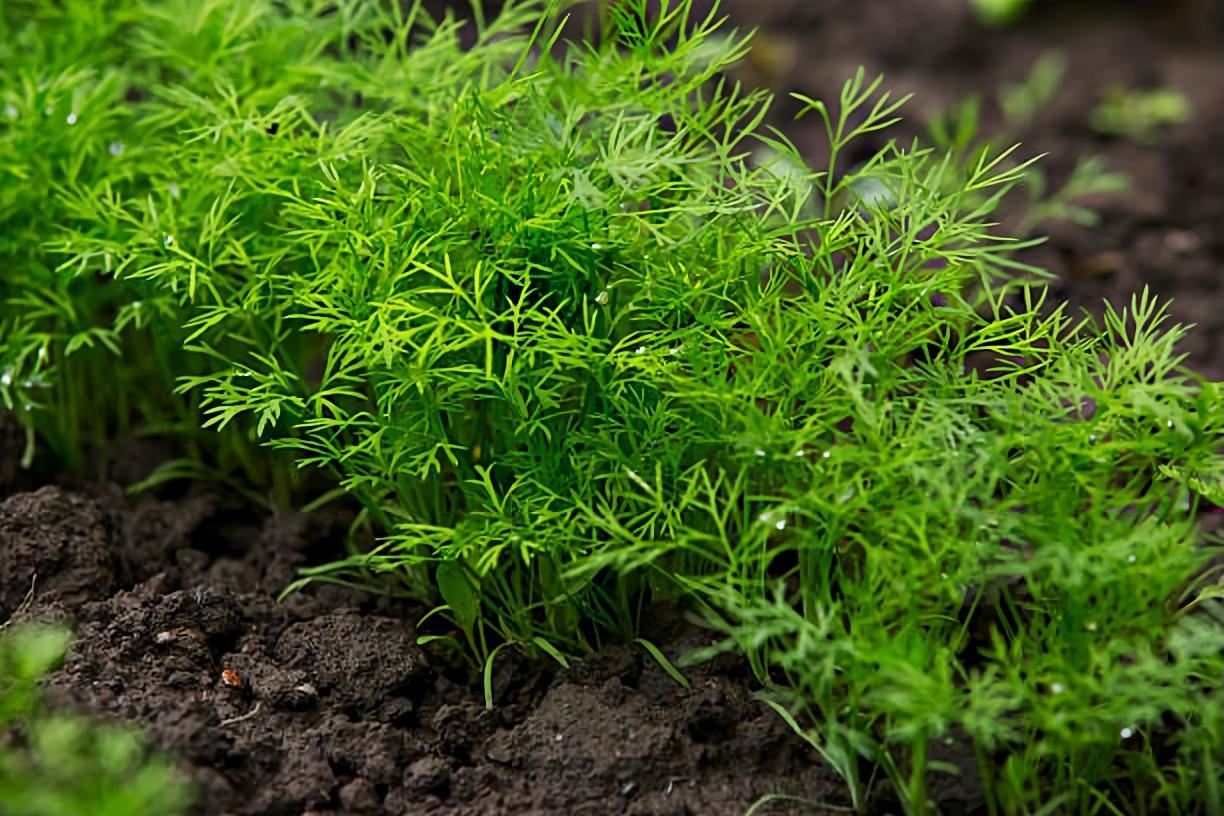
- Passionflower (Passiflora spp.) - The intriguing blooms of passionflower plants are a favorite nectar source for many butterflies, while their foliage serves as a host plant for the Gulf Fritillary.
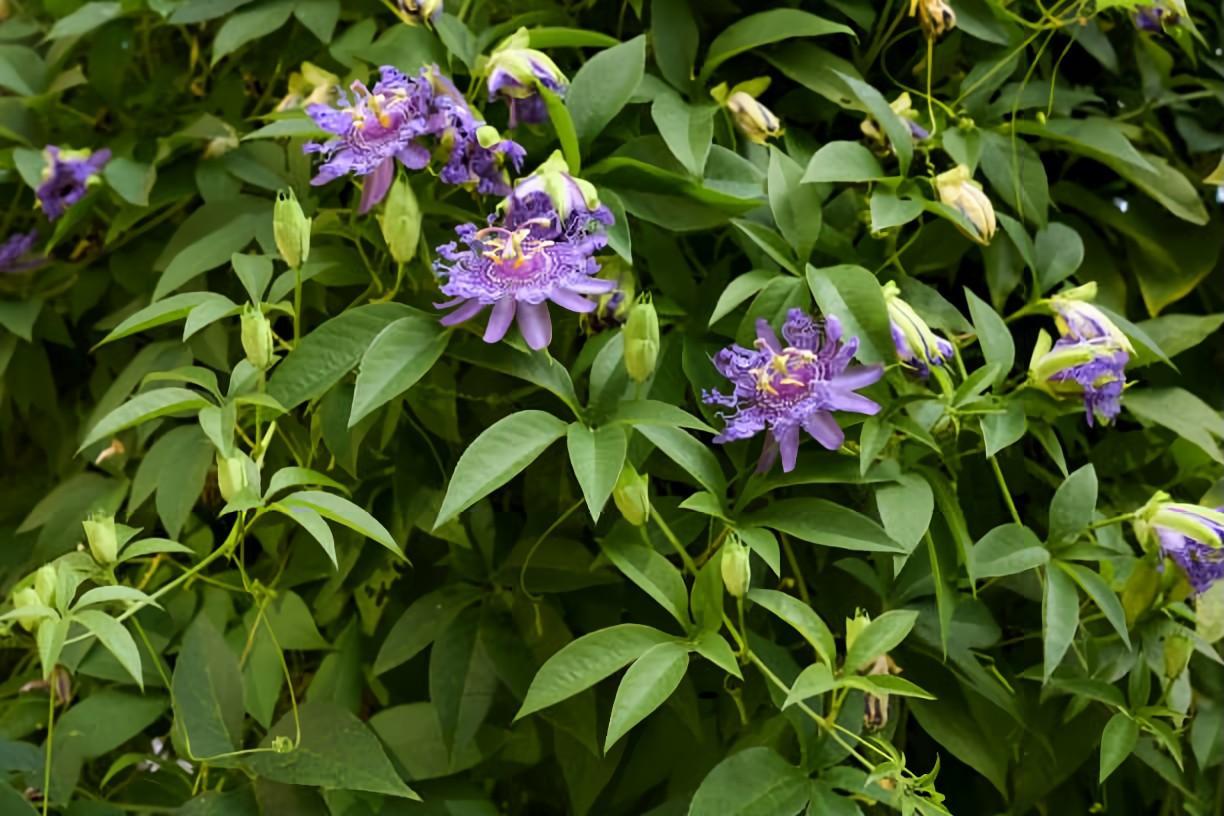
- Nettles (Urtica spp.) - Although often regarded as a weed, nettles are an essential host plant for several butterfly species, including the Red Admiral and the Small Tortoiseshell.
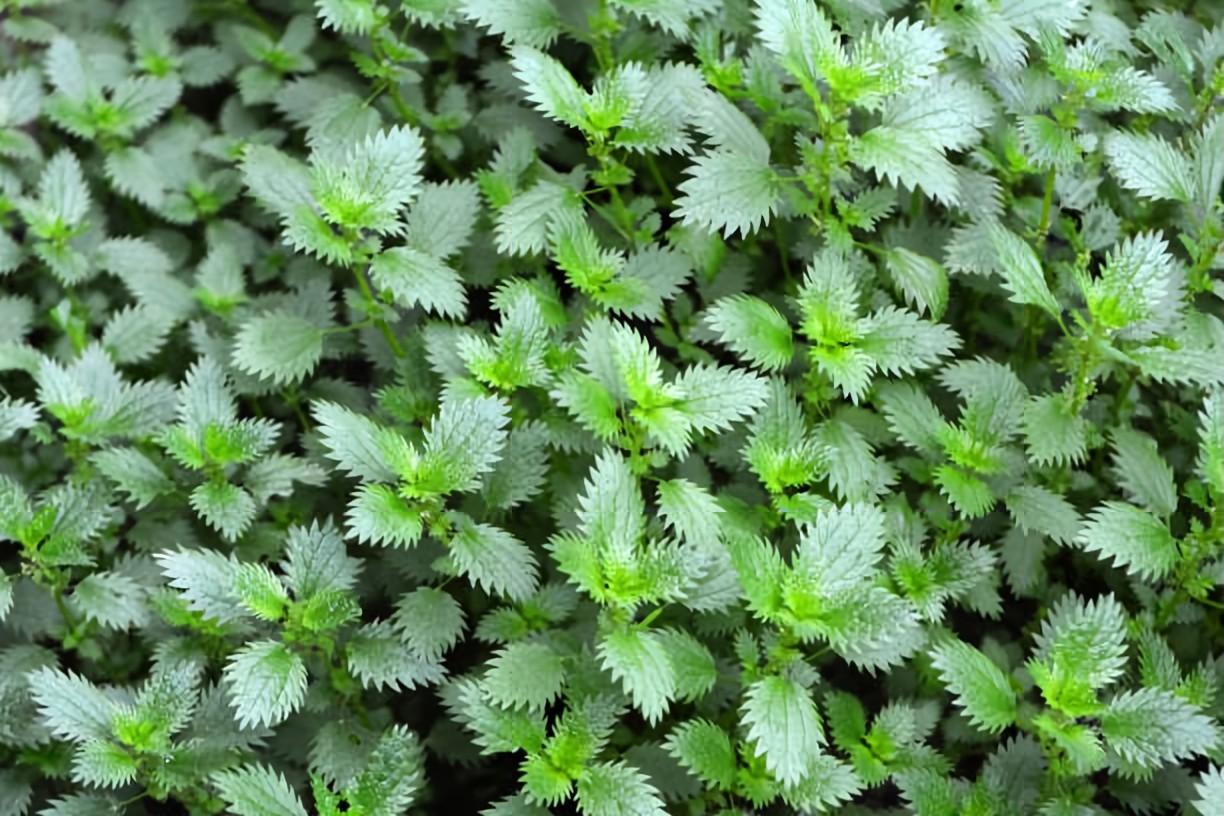
Include a variety of host plants to support multiple butterfly species, and don't be alarmed if you see some nibbled leaves – it's all part of the life cycle!
Additional Plant Considerations
While nectar and host plants form the backbone of your butterfly garden, don't forget to include other plant types that can enhance the garden's visual appeal and provide additional resources for butterflies and other pollinators. For example, consider incorporating plants that produce seeds or berries to attract birds to your garden, as they can help control pests naturally. Also, think about adding plants with interesting textures, shapes, or foliage to create a visually dynamic space.
Layering Your Plantings
When designing your butterfly garden, consider the concept of layering your plantings. This involves arranging plants in tiers, with taller species at the back, mid-sized plants in the middle, and shorter plants at the front. This approach not only creates a visually appealing garden but also ensures that butterflies can easily access all available resources.
Layering can include:
- Trees and large shrubs - These provide a canopy layer that offers shelter and nesting sites for birds and other wildlife.
- Smaller flowering shrubs - These create a secondary layer and add interest at the mid-height level, while providing additional nectar sources for butterflies.
- Perennials and annuals - These form the main layer of your butterfly garden, offering an array of nectar and host plants for butterflies to enjoy.
- Groundcovers - Low-growing plants help to cover the soil, conserve moisture, and prevent weeds, while also providing habitat for beneficial insects.
Planting in Groups
Another useful design technique for butterfly gardens is planting in groups or drifts. This means planting multiple specimens of the same species together, creating a more substantial visual impact and making it easier for butterflies to locate the plants. Groupings of three, five, or more of the same plant species can be particularly effective in attracting butterflies.
Sun and Shelter
Butterflies are cold-blooded creatures, which means they rely on the sun's warmth to become active. Therefore, it's essential to provide plenty of sunlit areas in your butterfly garden, particularly in the morning when temperatures are cooler. Aim to have at least 70% of your garden in full sun, with the remaining 30% offering some dappled shade and shelter.
Sheltered spots are equally important for butterflies, as they need protection from wind and rain. Create sheltered areas by incorporating plants of various heights and densities, as well as features such as trellises or fences.
Patience and Monitoring
Creating a successful butterfly garden takes time and patience. It may take a season or two for your plants to become established and for butterflies to find their way to your garden. Regularly monitor your garden's progress, noting which plants are most successful at attracting butterflies and other pollinators. This information will help you make informed decisions about future plant selections and garden improvements.
Designing Your Butterfly Garden
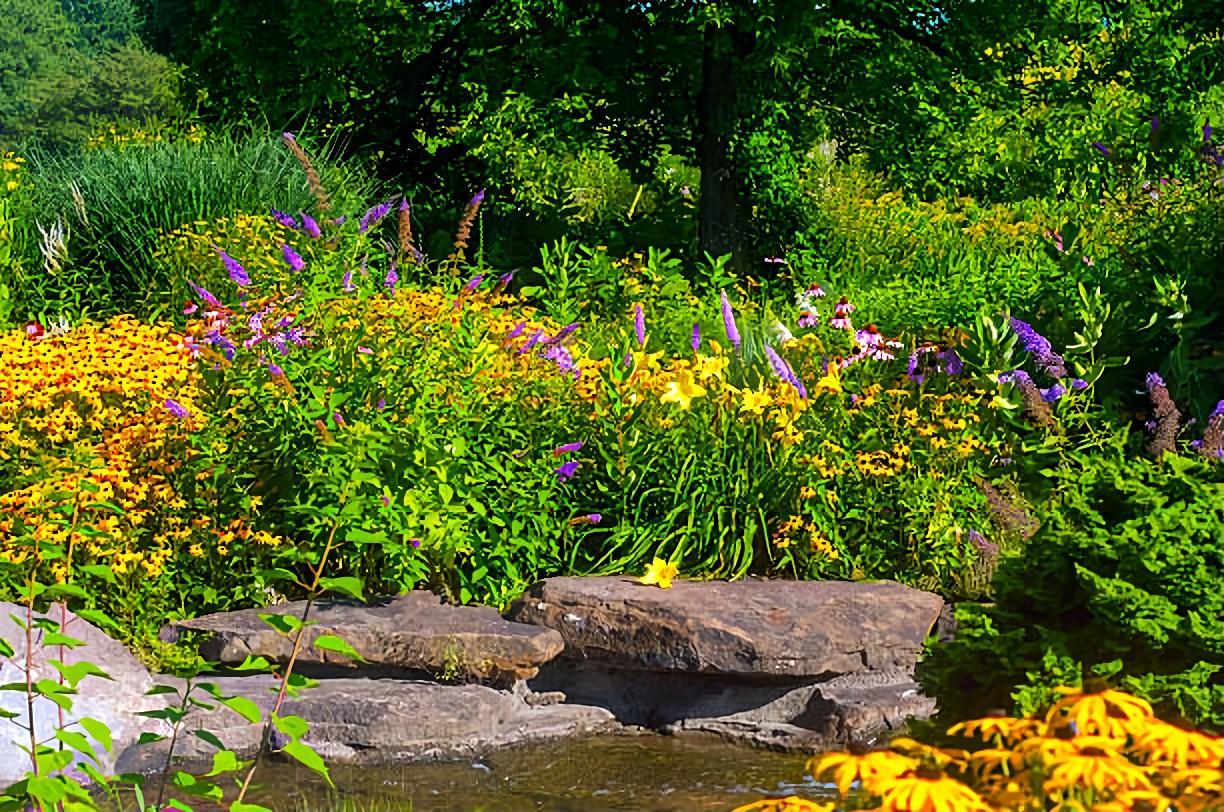
A well-designed butterfly garden combines aesthetics, functionality, and ecological benefits. To create an enchanting and effective butterfly garden, keep the following factors in mind: color, fragrance, plant diversity, and garden layout. Incorporate these elements to make your garden a paradise for both butterflies and humans alike.
Color
Butterflies are attracted to brightly colored flowers, particularly those in shades of red, orange, yellow, pink, and purple. When designing your garden, use these colors to create a visually striking space that lures butterflies in. You can create a color scheme based on your personal preferences, the existing colors in your landscape, or even the colors associated with specific butterfly species you wish to attract.
Consider planting flowers in clusters or swathes of color, which can be more easily seen by butterflies and will also create a visually appealing garden display. Be mindful of color combinations and contrasts, as well as the bloom times of different plants, to ensure a continuous display of color throughout the growing season.
Fragrance
Many butterflies are also attracted to fragrant flowers, so incorporating scented plants into your garden design can help draw these pollinators in. Some popular fragrant flowers for butterfly gardens include lavender, lilac, and honeysuckle. When selecting fragrant plants, consider both their scent and their nectar production to ensure they are beneficial to butterflies.
In addition to flowers, certain herbs and foliage plants can also provide fragrance and contribute to the overall sensory experience of your garden. For example, basil, mint, and thyme are all aromatic herbs that can be attractive to butterflies and beneficial insects.
Plant Diversity and Native Species
To support a diverse range of butterfly species, it's essential to include a variety of plants in your garden, both in terms of species and plant types (e.g., trees, shrubs, perennials, annuals). This diversity ensures that your garden provides a range of nectar sources, as well as host plants for butterfly larvae.
Whenever possible, opt for native plants, which are best suited to your local climate and conditions, and often have a strong ecological relationship with native butterfly species. Native plants are typically more resistant to pests and diseases and require less maintenance than exotic species. Additionally, they often provide a more effective habitat for native butterflies and other wildlife.
Garden Layout
The layout of your butterfly garden is crucial for both aesthetics and functionality. Aim for a design that provides easy access to nectar sources for butterflies, while also creating a visually appealing and enjoyable space for you and your guests.
Some key factors to consider when planning your garden layout include:
- Pathways: Create meandering pathways that allow you to stroll through your garden and enjoy the beauty of the plants and butterflies up close. Opt for permeable materials, such as gravel or stepping stones, which are more eco-friendly and allow water to infiltrate the soil.
- Seating areas: Include seating areas where you can relax and observe the butterflies and other wildlife in your garden. Position benches or chairs in strategic locations that offer views of the most colorful and active areas of your garden.
- Water features: Adding a water feature, such as a small pond or fountain, can enhance the beauty and tranquility of your garden, while also providing a water source for butterflies and other wildlife.
- Vertical elements: Incorporate vertical elements like trellises, pergolas, or arbors to add height and interest to your garden. These structures can also provide support for climbing plants and additional shelter for butterflies.
- Plant groupings and borders: Arrange plants in groupings or drifts for maximum visual impact and to make it easier for butterflies to locate their preferred nectar sources. Use plant borders to define different areas of your garden and to create a sense of enclosure and intimacy.
Maintaining Your Butterfly Garden
Eco-friendly Gardening Practices
Adopting eco-friendly gardening practices is crucial for supporting a thriving butterfly population and other pollinators. As discussed in our eco-friendly floristry article, it's essential to avoid using harmful chemicals like pesticides and herbicides, which can be detrimental to butterflies and their larvae. Instead, opt for natural pest control methods and organic gardening practices.
A well-maintained butterfly garden will ensure the health of your plants and provide a welcoming habitat for butterflies and other beneficial insects. Here are some key aspects to consider for the ongoing care and maintenance of your butterfly garden:
Watering
Proper watering is essential for the health of your plants and the success of your butterfly garden. Be mindful of the water requirements of each plant species, as some may prefer more or less water than others. Generally, it's best to water deeply and less frequently, which encourages deep root growth and greater drought tolerance.
Invest in a rain gauge to keep track of precipitation and adjust your watering schedule accordingly. Utilize drip irrigation or soaker hoses to deliver water directly to the plants' roots, which is more efficient and reduces water loss due to evaporation. Also, consider installing a rain barrel to collect rainwater for use in your garden, which is both eco-friendly and cost-effective.
Pruning and Deadheading
Regular pruning and deadheading can promote plant health, encourage more blooms, and maintain the overall appearance of your garden. Deadhead spent flowers to stimulate new growth and prolong the blooming period. Prune plants as needed to maintain their shape and size, remove dead or diseased wood, and promote better air circulation.
Be cautious when pruning host plants, as they may harbor butterfly eggs or caterpillars. Inspect the foliage carefully before making any cuts, and try to avoid pruning during peak butterfly breeding seasons.
Fertilizing
Adequate nutrition is vital for healthy plant growth and an abundant supply of nectar-rich flowers. Perform a soil test to determine the nutrient levels in your garden soil and amend as necessary. Many butterfly garden plants will benefit from a balanced, slow-release fertilizer applied in the spring and/or early summer. Alternatively, consider using organic fertilizers, such as compost or aged manure, which can provide essential nutrients while also improving soil structure and fertility.
Pest and Disease Management
While a certain level of pests and diseases can be expected in any garden, it's essential to keep these issues in check to maintain a healthy environment for your plants and butterflies. Monitor your garden regularly for signs of problems and address issues promptly.
Adopt an integrated pest management approach, which combines cultural, biological, and chemical control methods. Encourage beneficial insects, such as ladybugs and lacewings, by providing a diverse range of plants and habitats. If chemical controls are necessary, opt for the least toxic options and apply them according to label instructions.
Seasonal Cleanup
At the end of the growing season, clean up your butterfly garden to prepare it for the following year. Remove dead annuals and cut back perennials as needed. Rake up fallen leaves and debris, which can harbor pests and diseases. However, leave some plant material standing or in a brush pile, as it can provide valuable winter shelter for butterflies and other wildlife.
By following these maintenance tips, your butterfly garden will continue to flourish and provide an inviting haven for butterflies and other pollinators for years to come
Summing Up...
Creating a butterfly garden is a rewarding endeavor that not only enhances the beauty of your outdoor space but also plays a crucial role in supporting local butterfly populations and other pollinators. By carefully selecting the right mix of nectar-producing and host plants, designing an attractive and functional garden layout, and diligently maintaining your garden, you'll create a haven for butterflies and other beneficial insects.
Attracting these captivating creatures to your garden not only offers a unique opportunity to observe their life cycles up close but also contributes to the overall health of the ecosystem. As you watch your butterfly garden grow and evolve, you'll likely discover a newfound appreciation for these enchanting insects and the vital role they play in our natural world. With thoughtful planning, execution, and care, your butterfly garden will become a cherished sanctuary for both pollinators and people, bringing beauty and life to your outdoor space for years to come.
Blog Categories
Recent posts
- When You’re in Charlotte and They’re in Boone: An Honest Guide to Watauga Medical Center Flower Delivery
- The Alvin TX Bouquet: Why Lilac Surprise Dominates 1 in 3 Orders
- 3 Must Have Plants For Loved Ones In Danville
- What Are Our Most Searched Flowers State by State
- What Is It About New Yorkers Love Of Flowers?
- 4 Flowers You’ll Want to Grow in Your Small Garden
